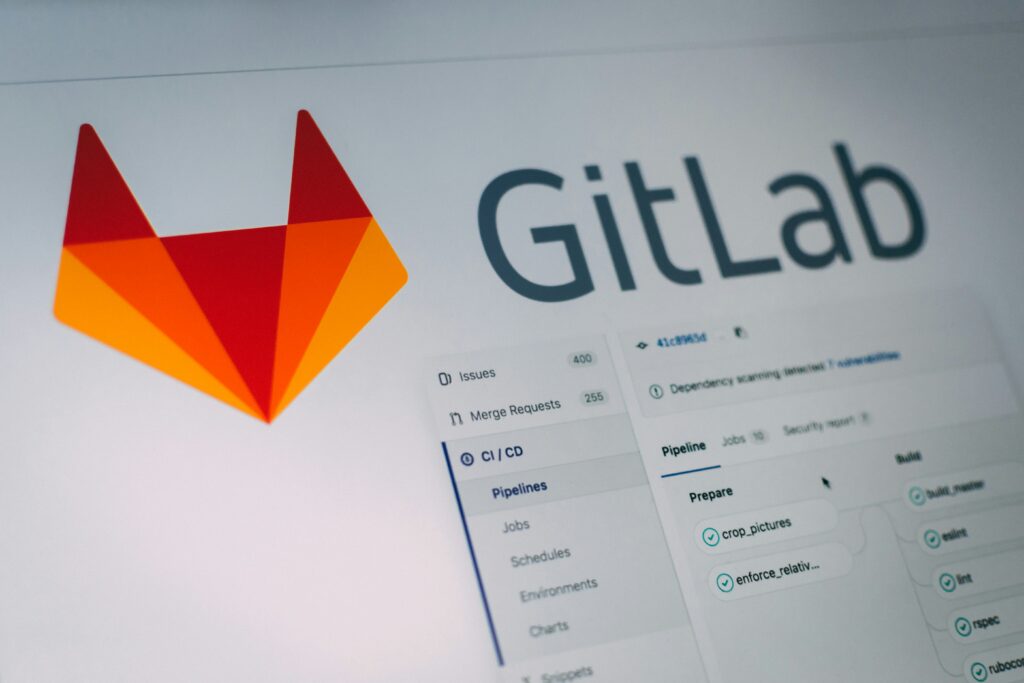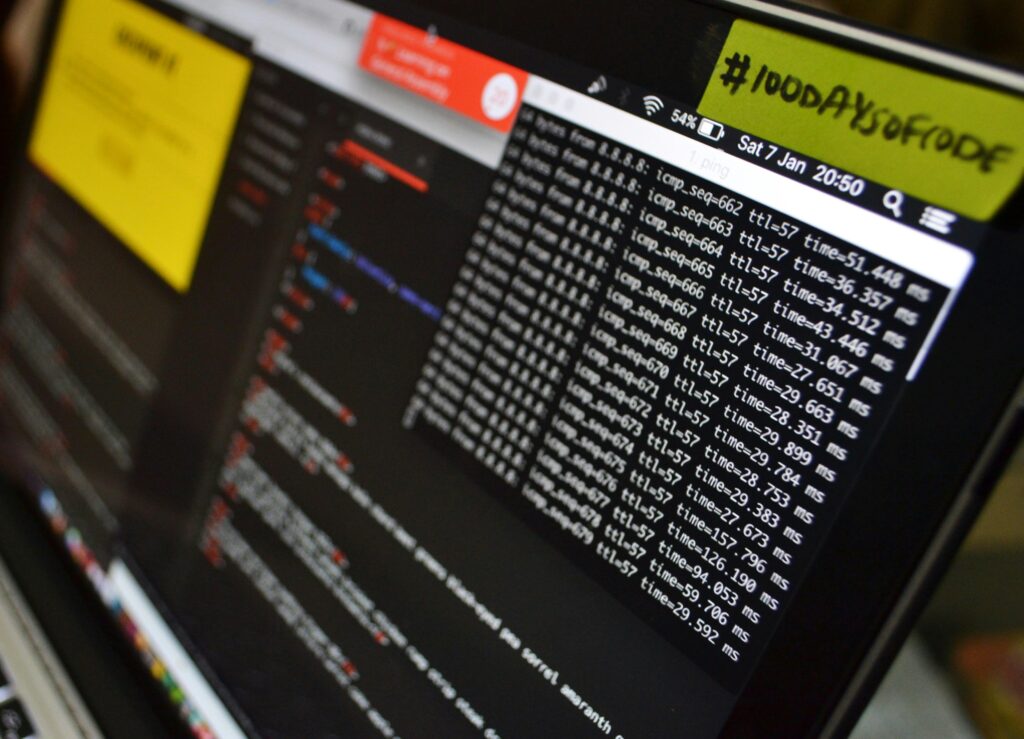In the ever-evolving landscape of technological advancements, AI code tools have become increasingly prevalent in organizations, even as many impose bans on their usage. According to a recent report by Checkmarx, despite 15% of organizations explicitly prohibiting the use of generative AI for code generation, an overwhelming 99% still employ these tools within their development processes. Interestingly, only 29% of these organizations have established governance frameworks to manage the use of AI in coding, presenting a significant risk landscape. CISOs (Chief Information Security Officers) are grappling with the challenge of balancing innovation and security as they seek to integrate these powerful tools without compromising their cybersecurity posture. With AI hallucinations and other GenAI-specific threats on the rise, the urgency for comprehensive strategies and governance around AI usage has never been more pronounced. Have you ever wondered why, despite numerous bans, AI code-generating tools are still so prevalent in organizations?
The Prevalence of AI Code-Generating Tools
In today’s tech-driven world, AI code-generating tools are everywhere, even in places where they are explicitly banned. According to a Checkmarx report, a staggering 99% of organizations use AI code tools, despite 15% having policies against them. It’s like a secret nobody openly talks about but everyone is involved in. It’s the workplace equivalent of eating that last piece of cake in the fridge and hoping no one notices.
Why Organizations Ban AI Code Tools
You’re probably wondering why some organizations bother to ban these tools when it’s evident that everyone is still using them. The main concern lies in the security threats associated with AI code generation. Generating code with AI might seem like discovering the Lost City of Gold for developers under project deadlines, but it comes with risks. AI-generated code can have vulnerabilities and can’t always be relied upon to practice secure coding.
Governance in Shambles
Interestingly, only 29% of organizations have established any form of governance for the use of AI tools. That means the remaining 71% are essentially working on a “don’t ask, don’t tell” basis. This lack of governance leaves a wild west atmosphere where anything goes, and nobody’s holding the reins. It’s a bit like letting your dog roam free in the neighborhood and hoping it doesn’t get into the neighbor’s garden.
CISOs and Generative AI Strategies
The silent chaos of AI tool usage isn’t just a developer’s nightmare; it’s a significant headache for Chief Information Security Officers (CISOs) too. The Checkmarx report revealed that 70% of security professionals say there’s no centralized strategy for generative AI. Decisions to use these tools are often made on an ad-hoc basis and vary from department to department. It’s a patchwork of improvisation, much like how your grandma might fix things around the house using duct tape and good intentions.
Challenges of Establishing Governance
For many CISOs, setting up governance for using AI tools is akin to trying to herd cats. Each department has its own needs, workflows, and, let’s face it, egos. Implementing a one-size-fits-all policy is nearly impossible. However, the lack of a centralized strategy leads to missed opportunities for learning from each other’s mistakes and successes.
The Lure of AI Speed vs. Security Concerns
CISOs are in a tough spot. On one hand, AI tools offer developers the ability to generate code rapidly, essential for meeting tight deadlines and innovating quickly. On the other hand, generative AI raises security risks that are as unpredictable as a toddler in a toy store. And let’s not even start with AI hallucinations; the idea of AI generating its unique, not-so-logical code can be as unnerving as discovering that your friend earnestly believes in Bigfoot.

GenAI Threats and Risks
Let’s dive a bit deeper into the Pandora’s Box that is generative AI and its associated threats. The world of AI-generated code isn’t as neatly wrapped as one might hope. Many organizations are concerned about AI hallucinations and other unexpected behavior from their AI tools, essentially turning your well-oiled codebase into something resembling modern art.
AI Hallucinations and Security Risks
Imagine waking up one day, walking into your office, and finding that the AI has decided your code needs a complete makeover without understanding secure coding practices. It’s pretty much the coding world’s equivalent of finding Picasso in your minimalist living room. According to Checkmarx’s report, 80% of security professionals are worried about such risks.
The Idea of Unsupervised Code Changes
A whopping 47% of respondents in the Checkmarx report indicated they would be open to letting AI make unsupervised changes to code. To put that in perspective, it’s like letting your teenager redecorate the house while you’re on vacation and hoping they don’t replace your designer couch with bean bags. The allure is understandable—faster code development, fewer human errors, and the promise of innovation. The risks, however, are profound and could lead to scenarios that no amount of after-the-fact diligence could entirely remedy.
GenAI Attacks
Generative AI isn’t just a friendly assistant; it comes with its dark side. AI-driven attacks are on the rise. Let’s face it; malicious actors are always the first to adopt cutting-edge technology. By leveraging AI, they can create more sophisticated and unpredictable attacks, making it harder for traditional security measures to keep up. It’s like trying to stop a high-tech heist with a wooden stick and some elbow grease.
The Seven Steps to Safely Use Generative AI in Application Security
Checkmarx has attempted to address these challenges by outlining a seven-step process to safely use generative AI in application security. When followed meticulously, these steps can act as your road map out of the Wild West of unsecured code.
Understanding the Steps
These steps range from in-depth risk assessments to targeted governance structures. The idea is to implement a structured approach to allow for innovation while minimizing the inherent risks. It’s akin to mastering the art of balancing on a tightrope—there’s a way to do it, but take one wrong step, and it’s all over.
Here are the seven steps for creating a safer environment for generative AI tools in application security:
| Step | Description |
|---|---|
| Risk Assessment | Conduct a comprehensive risk assessment to understand the specific threats posed by generative AI tools. |
| Create Policies | Develop clear policies to regulate the use of AI tools, setting boundaries and expectations. |
| Implement Training | Educate your team about the ethical use of AI tools and emphasize secure coding practices. |
| Regular Audits | Regularly audit the AI-generated code to identify and rectify any vulnerabilities. |
| Incident Response | Have a robust incident response plan in place specifically for issues arising from AI-generated code. |
| Continuous Monitoring | Use automated monitoring tools to constantly check the functionality and safety of AI-generated code. |
| Feedback Loop | Establish a feedback loop where developers can report issues and improvements, helping to refine the governance process continually. |
Implementation Challenges
You might think ticking off a checklist isn’t too complicated, but real-world application can be tricky. It’s like trying to assemble a piece of IKEA furniture without losing your sanity or the tiny Allen wrench. The primary challenge lies in the correct identification and mitigation of risks while keeping innovation alive.

Case Studies and Real-world Examples
To better illustrate the points we’ve discussed, let’s dive into some real-world scenarios where organizations have wrestled with these dilemmas and emerged victorious—or at least better informed.
Company A: Navigating Through Governance
Company A, a tech giant with annual revenue in the billions, decided to implement a comprehensive governance framework for their AI tools. Initially, the development teams were resistant, akin to convincing teenagers to do chores. However, over time, they realized that the governance helped streamline processes, reduce redundant coding errors, and increase overall efficiency.
Company B: Learning the Hard Way
Company B, on the other hand, took a laissez-faire approach, believing that locking down AI tools would stifle innovation. It wasn’t long before they encountered a serious security breach traced back to AI-generated code. This incident forced them to create stricter governance and provide ongoing training to their teams. This experience was much like touching a hot stove—you quickly learn the importance of caution.
The Future of AI Code Tools in Organizations
What does the future hold for AI code tools in organizations? It’s a mixed bag of potential and pitfalls. Most experts agree that AI isn’t going away; instead, it will become even more integrated into the workflow of developers.
Ongoing Developments
As AI technology evolves, we can expect more robust tools equipped to generate secure code, reducing the risks while enhancing productivity. But until we reach that point, a measured approach with plenty of human oversight is necessary. Think of it as a toddler taking their first steps: exciting, filled with potential, but requiring careful supervision.
The Role of CISOs
CISOs will continue to play a pivotal role in navigating this complex landscape. They must balance innovation with security, embracing AI tools while simultaneously mitigating the risks they introduce. It’s a bit like being a modern-day tightrope walker—with both innovation and security hanging in the balance.

Conclusion
Despite the bans, AI code tools are like that one TV show everyone swears they don’t watch but secretly binge. They’ve infiltrated organizations globally, and the mixture of security risks and the lure of rapid development makes them a hot topic. Companies need to strike a balance, and security professionals must lead the charge in creating structured governance to navigate this uncharted territory safely.
It’s an ever-changing landscape, and much like any new frontier, it comes with its own set of challenges and opportunities. Embrace the tools, but do so with an awareness that foresight and governance are your best allies in avoiding pitfalls.
So, next time you think about these AI tools, remember: while the AI code tool is your friend, it’s a friend that needs a careful watchful eye.
Source: https://www.infosecurity-magazine.com/news/ai-code-tools-widespread-in/

